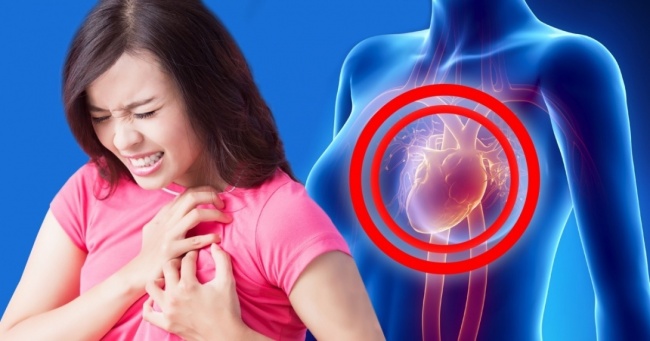Heart attack, or myocardial infarction, is the number one killer of both men and women in the U.S. Each year, about 735,000 Americans suffer a heart attack, and heart disease is the leading cause of death for both men and women in the US. Most of the deaths from heart attacks are caused by ventricular fibrillation of the heart that occurs before the victim of the heart attack can reach an emergency room. Those who reach the emergency room have an excellent prognosis; survival from a heart attack with modern treatment should exceed 90%. The 1% to 10% of heart attack victims who die later include those victims who suffer major damage to the heart muscle initially or who suffer additional damage at a later time.
Fortunately, procedures such as coronary angiogram andPTCA (coronary balloon angioplasty), and clot dissolving drugs are available that can quickly open blocked arteries in order to restore circulation to the heart and limit heart muscle damage. In order to optimally benefit heart attack victims and limit the extent of heart damage, these treatments to open blocked arteries should be given early during a heart attack. Blood pressure is not a reliable measurement of whether one is having a heart attack. Blood pressure during a heart attack can be low, normal, or elevated.

Knowing the early warning signs of heart attack is critical for prompt recognition and treatment. Many heart attacks start slowly, unlike the dramatic portrayal often seen in the movies. A person experiencing a heart attack may not even be sure of what is happening. Heart attack symptoms vary among individuals, and even a person who has had a previous heart attack may have different symptoms in a subsequent heart attack. Although chest pain or pressure is the most common symptom of a heart attack, heart attack victims may experience a diversity of symptoms.
The classic symptoms of heart attack include a feeling of extreme pressure on the chest and chest pain, including a squeezing or full sensation. This can be accompanied by pain in one or both arms, jaw, back, stomach, or neck. Other symptoms of heart attack include shortness of breath, nausea, vomiting, lightheadedness, and a feeling of breaking out in a cold sweat. Although chest pain and pressure are the characteristic symptoms, women are somewhat more likely than men to experience heart attack that does not occur in this typical fashion. Instead, some women with heart attacks may experience more of the other symptoms, like
- lightheadedness,
- nausea,
- extreme fatigue,
- fainting,
- dizziness, or
- pressure in the upper back.
Don’t wait to get help if you experience any of these heart attack warning signs. Although some heart attacks are sudden and intense, most start slowly, with mild pain or discomfort. Pay attention to your body — and call 911 if you feel:
- Chest discomfort. Most heart attacks involve discomfort in the center of the chest that lasts more than a few minutes, or that goes away and comes back. It can feel like uncomfortable pressure, squeezing, fullness or pain.
- Discomfort in other areas of the upper body. Symptoms can include pain or discomfort in one or both arms, the back, neck, jaw or stomach.
- Shortness of breath with or without chest discomfort.
- Other signs may include breaking out in a cold sweat, nausea or lightheadedness.
Risk factors are conditions or habits that make a person more likely to develop a disease. They can also increase the chances that an existing disease will get worse. Important risk factors for heart disease that you can do something about are:
- High blood pressure
- High blood cholesterol
- Diabetes and prediabetes
- Smoking
- Being overweight or obese
- Being physically inactive
- Having a family history of early heart disease
- Having a history of preeclampsia during pregnancy
- Unhealthy diet
- Age (55 or older for women)
Some risk factors, such as age and family history of early heart disease, can’t be changed. For women, age becomes a risk factor at 55. After menopause, women are more apt to get heart disease, in part because their body’s production of estrogen drops. Women who have gone through early menopause, either naturally or because they have had a hysterectomy, are twice as likely to develop heart disease as women of the same age who have not yet gone through menopause.
